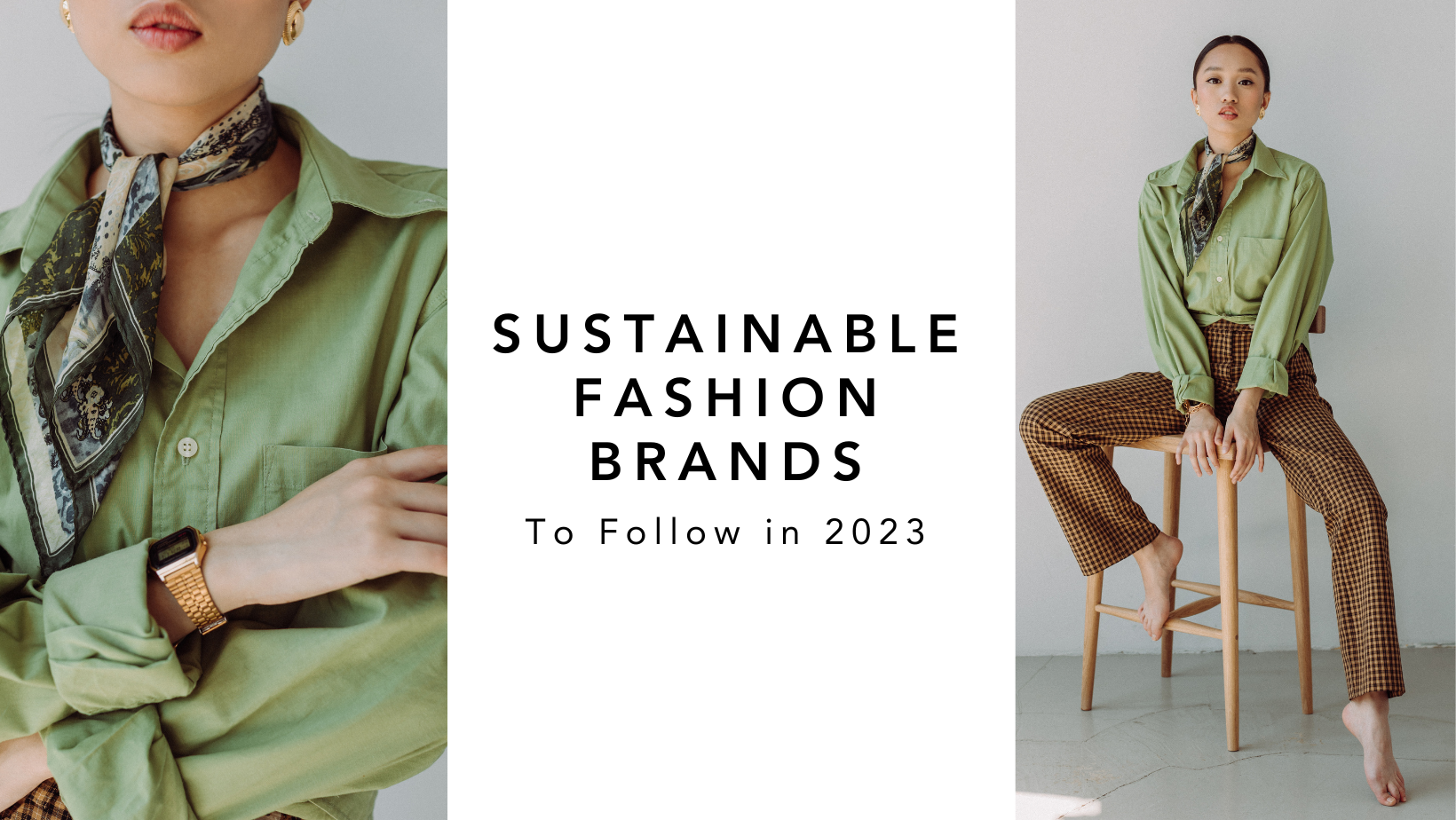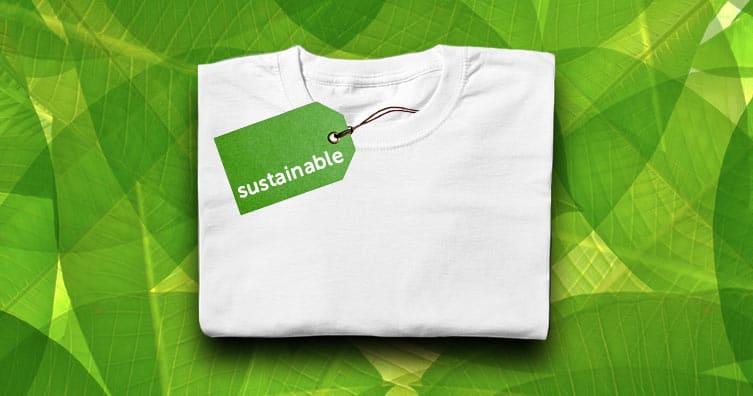Supporting Regional Cape Town Sustainable Fashion for a Greener Future
Supporting Regional Cape Town Sustainable Fashion for a Greener Future
Blog Article
Remain Ahead of the Contour by Discovering Ingenious Style Trends
In an industry as vibrant as fashion, remaining ahead entails greater than simply adhering to present patterns-- it requires an expedition of advancement. Smart textiles, for example, are transforming garments into useful work of arts, while 3D printing is changing layout processes with its personalized, waste-reducing capacities. As sustainability comes to be a cornerstone, technologies like environment-friendly materials and round style methods are improving ecological duty - Cape Town Sustainable Fashion. Furthermore, the merging of technology and fashion declares a brand-new era of consumer interaction. Just how, then, can these arising patterns redefine the future of style, and what effects do they hold for brands looking for to flourish in this developing landscape?

Welcoming Smart Textiles
In the last few years, the style market has witnessed a transformative change with the integration of wise textiles, an advanced technology that blends technology with textile. This development represents not only a fusion of looks and capability yet additionally a substantial jump in the direction of sustainability and personalization in vogue. Smart fabrics, also known as e-textiles, installed innovative electronic devices such as sensing units and conductive strings within the textile, enabling garments to interact with the environment or the wearer.
These textiles are developed to monitor physical parameters, such as heart price or body temperature level, offering real-time health and wellness analytics. Beyond health and wellness applications, wise fabrics are likewise being used for adaptive clothing, which can alter color or pattern in action to environmental stimuli, therefore using a vibrant style experience.
In addition, the development of energy-harvesting fabrics that create power from activity or sunlight is leading the way for self-sufficient wearable technology. This innovation is interesting eco conscious customers and designers intending to minimize the eco-friendly footprint of style. As r & d in this area breakthrough, clever fabrics are expected to end up being significantly common, improving the landscape of contemporary style with their multifunctional capacities.
The Increase of 3D Printing
Transforming the production landscape, 3D printing has actually become a game-changer in the apparel industry. This advanced innovation has actually made it possible for designers to push the borders of imagination, generating intricate and customized garments that were previously unimaginable. By leveraging digital style and additive production, 3D printing promotes the production of complicated geometries and patterns, allowing developers to explore new appearances and frameworks.
A remarkable benefit of 3D printing in vogue is its capacity to create on-demand, minimizing waste and reducing stock requirements. This performance not only enhances production processes but also enables for rapid prototyping, making it possible for designers to bring their visions to life in a shorter timeframe. Furthermore, 3D printing sustains modification somewhat unequaled by traditional methods, providing one-of-a-kind layouts and customized fits tailored to individual consumer choices.
The increase of 3D printing has actually additionally democratized fashion, making it obtainable to arising developers that can now fabricate high-grade items without considerable economic investment in standard manufacturing infrastructure. As technology remains to development, the garment industry is poised to harness the full possibility of 3D printing, exploring new materials and strategies that will certainly redefine exactly how style is conceived and generated.
Sustainable Style Advancements
As the garment industry faces journalism need for environmental obligation, lasting fashion innovations have actually emerged at the leading edge of transformative adjustment. The growing recognition of eco-friendly impact has actually sustained a change towards more eco-conscious practices and materials. Designers and brand names are now prioritizing sustainability, incorporating methods that lessen waste and lower carbon footprints.
One considerable growth is the rise of round fashion, directory which stresses recycling and upcycling to expand the lifecycle of garments. This strategy not only minimizes waste but additionally urges consumers to embrace a more mindful approach to clothes consumption. In addition, making use of lasting materials, such as organic cotton, hemp, and recycled polyester, has gotten grip. These products call for less water and power during production, substantially lessening environmental effect.
Another development depends on the fostering of innovative dyeing techniques that make use of natural dyes or waterless procedures, thereby lowering the substantial amounts of water and chemicals typically made use of in fabric dyeing. Additionally, advancements in biotechnology have actually led to the production of lab-grown leather and textiles, providing ecologically friendly and cruelty-free choices to standard materials. With these introducing efforts, the style sector is making purposeful strides towards a much more lasting future.

Tech-Integrated Clothing
Tech-integrated garments stands for a revolutionary fusion of fashion and technology, improving how individuals interact with their garments. This innovative domain is noted by the incorporation of clever fabrics and embedded digital components, boosting both functionality and aesthetic appeal. From health and fitness trackers embedded in sportswear to warmed jackets controlled through smartphone applications, tech-integrated apparel offers consumers extraordinary comfort and flexibility.
Introducing brands are driving this pattern, concentrating on creating garments that react to ecological stimuli or customer commands. For example, some from this source garments can alter shade or pattern in feedback to temperature level shifts, while others integrate biometric sensing units to monitor wellness metrics like heart price or stress levels. The smooth assimilation of modern technology right into fabrics also reaches environmental sustainability, with efforts to create self-cleaning textiles or garments that get used to climate condition, hence minimizing the need for numerous layers.
Furthermore, the introduction of wearable technology is not simply restricted to garments yet encompasses accessories like watches and glasses, more widening the range of tech-integrated style. As the industry proceeds to introduce, the potential for modification and personalization in clothing grows, providing consumers special, tech-enhanced fashion experiences that provide to their individual needs and choices.
Future of Virtual Fashion
Over the last few years, the future of virtual style has actually become a transformative pressure within the sector, leveraging innovations in digital innovation to redefine just how style is produced, experienced, and taken in. By integrating enhanced reality (AR), digital reality (VR), and 3D style devices, designers can currently craft immersive and interactive experiences that go beyond typical style borders. Digital fashion enables the creation of garments that exist only in electronic atmospheres, supplying countless possibilities for development without the constraints of physical manufacturing.
This electronic shift not just presents possibilities for imaginative expression yet additionally addresses sustainability problems fundamental in typical fashion practices. Cape Town Sustainable Fashion. By eliminating the requirement for physical sources, virtual fashion decreases waste and minimizes carbon impacts. Moreover, the increase of virtual style aligns with the boosting customer need for distinct and tailored experiences, as online garments can be tailored and tailored to individual preferences easily

Conclusion
The style market's future lies in the integration of ingenious technologies and lasting methods. Digital style is poised to redefine customer interactions.
In recent years, the style sector has actually observed a transformative change with the combination of smart textiles, an advanced innovation that blends technology with fabric.As the fashion industry grapples with the pushing need for ecological responsibility, lasting fashion advancements have actually emerged at the center of transformative adjustment.In recent years, the future of online fashion has actually emerged as a transformative pressure within the market, leveraging improvements in digital modern technology to redefine just how style is developed, experienced, and taken in. The rise of digital fashion lines up with the increasing consumer need for tailored and one-of-a-kind experiences, as virtual garments can be personalized and tailored to specific choices with convenience.
The style market's future lies in the integration of innovative technologies and sustainable techniques.
Report this page